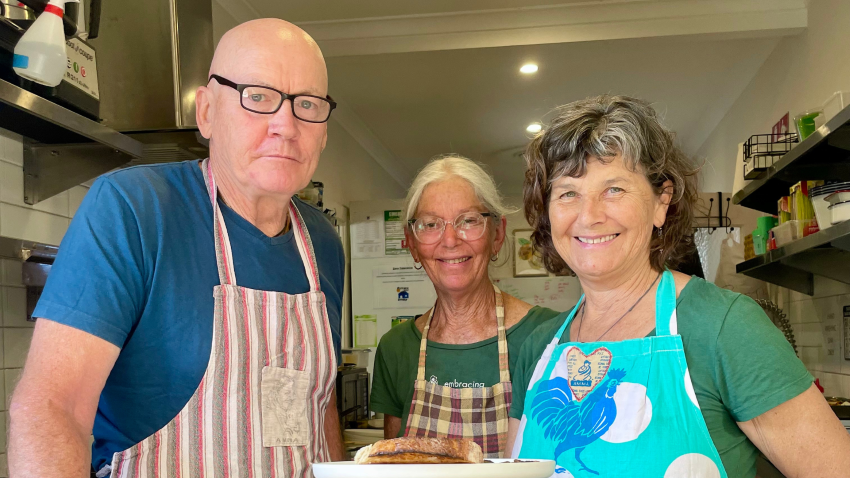A Series on Homelessness by Fletcher Street Cottage
Fletcher Street Cottage is Byron's homeless hub, providing a safe and welcoming space for individuals and families at risk of homelessness, and those already sleeping rough, to access connection and broader support.
Homelessness and inadequate housing remain critical challenges for Indigenous communities across the globe. The experiences of Indigenous communities in relation to homelessness are a part of the larger narrative surrounding Indigenous community housing. In this article, we delve into the significance of community-controlled housing for Indigenous populations, highlighting the voices of organisations and communities advocating for a change in approach.
Empowerment through Community-Controlled Housing
The experiences of Indigenous communities with homelessness are the subject of extensive discussion in various contexts. Building upon this, a committee received compelling evidence that emphasises the role of community-controlled organisations in effectively addressing the housing needs of Indigenous communities. This approach stems from the belief that those who understand the local cultural nuances and have a close connection with the community are best positioned to manage housing initiatives.
The Central Australian Aboriginal Congress, for instance, passionately advocates for community-controlled housing services. According to their submission, the unique cultural needs of Aboriginal communities are better understood and catered to by organisations rooted in the local context. This understanding is essential because each community possesses distinct historical, cultural, and social aspects that need to be considered when designing and placing housing.

Cultural Sensitivity and Collaboration
Housing isn't just about providing shelter; it's about respecting cultural identities, historical contexts, and land relationships. The submission from the Central Australian Aboriginal Congress emphasises that housing design and placement necessitate close collaboration and consultation with each community. This approach ensures that the housing solutions respect the specific ways of living and social relations that define each Indigenous group. In this context, community-controlled organisations have an edge in creating housing solutions that truly reflect the cultural fabric of the community.
A Shift towards Self-Determination
The Tangentyere Council Aboriginal Corporation (TCAC) echoes the sentiment of many Indigenous organisations advocating for the transfer of public housing to community-controlled entities. They underline the importance of a place-based, community-controlled model that aligns with cultural values and is supported by skilled partners. The TCACs partnership with the Northern Territory Government to oversee the transfer of housing control demonstrates a practical step towards achieving this vision.
The Victorian Aboriginal Child Care Agency also underscores the significance of self-determination in housing frameworks. They stress the need for the transfer of social housing stock to Aboriginal organisations, enabling these communities to address their own housing needs. This approach holds immense potential, especially in providing crisis accommodation for individuals affected by family violence and young people transitioning from out-of-home care.
Indigenous community housing goes beyond bricks and mortar; it is a crucial element of preserving cultural heritage, identity, and self-determination. The evidence presented to the committee reflects a consensus that community-controlled organisations possess the insights and empathy needed to provide effective and culturally sensitive housing solutions. As we move forward, acknowledging and supporting the transfer of housing control to these organisations could pave the way for a brighter and more empowered future for Indigenous communities.
Donate
Donate now to support Byron's homeless at Fletcher Street Cottage: www.giveheart.com.au



.jpg)

.jpg)